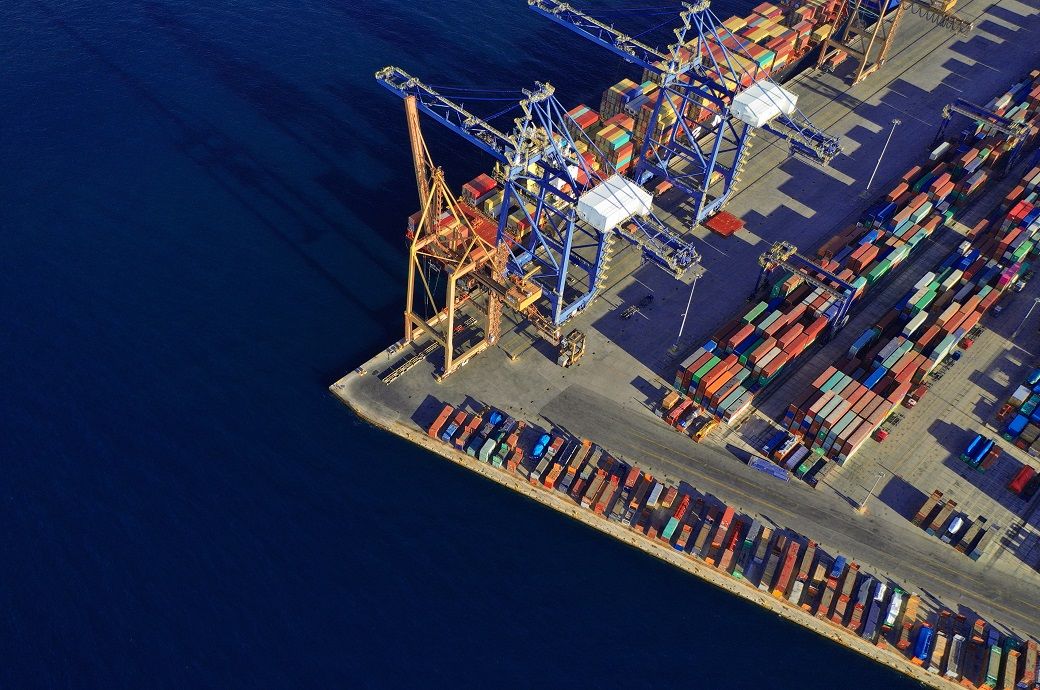

To promote fairer trade and enhance the appeal of US goods, President Trump has called for agencies to explore reciprocal tariffs aimed at increasing America’s revenue. This move, however, risks sparking a global trade war, potentially worsening inflation, ITS Logistics said in a press release.
Trump recently signed a memorandum proposing a 25 per cent tariff on non-energy imports from Canada and a 10 per cent tariff on imports of Canadian energy—primarily crude oil. He also signed proclamations to help bolster tariffs on all steel and aluminium imports into the US to help minimise attempts by China and Russia to evade penalties. To encourage this change, an incremental 10 per cent tariff on imports from China was established, along with an executive order to place a 25 per cent tariff on imports from Mexico, which has been postponed until March.
While the tariffs have not yet been imposed, the signing of the memo allows the current presidential administration to begin a review process to initiate them. As the industry awaits further action from the administration, ocean carrier request for proposal (RFP) season is approaching, and professionals should begin seeing volumes shift back to the East and Gulf Coast ports as Red Sea diversions and labour disruptions are not expected to be a concern in 2025.
“Though changing booking patterns and front-loading inventory can help with savings in the short-term, these strategies usually lead to additional cost and material flow problems,” said Paul Brashier, vice president of Global Supply Chain for ITS Logistics. “The consensus from most experienced shippers is to not be reactionary, as this issue will continue to be very fluid, and the timing and duration of disruptions is unknown.”
“We suggest companies consider moving bookings to the East and Gulf Coast ports now that the labour issues have been resolved,” continued Brashier. “Earlier in the month, the wage scale committee for the International Longshoremen’s Association (ILA) approved a tentative six-year agreement with the United States Maritime Alliance from early January. Members are now expected to vote on their new master contract regarding the East and Gulf Coast ports on February 25.”
The ITS Logistics US Port/Rail Ramp Freight Index forecasts port container and dray operations for the Pacific, Atlantic, and Gulf regions. Ocean and domestic container rail ramp operations are also highlighted in the index for both the West Inland and East Inland regions.
Fibre2Fashion News Desk (SG)